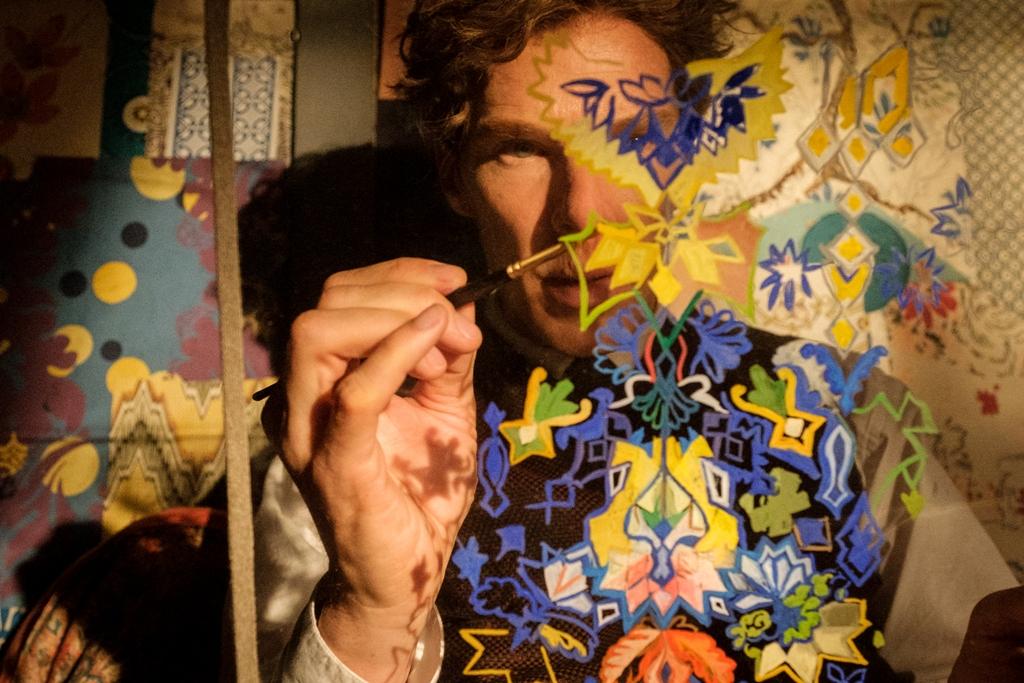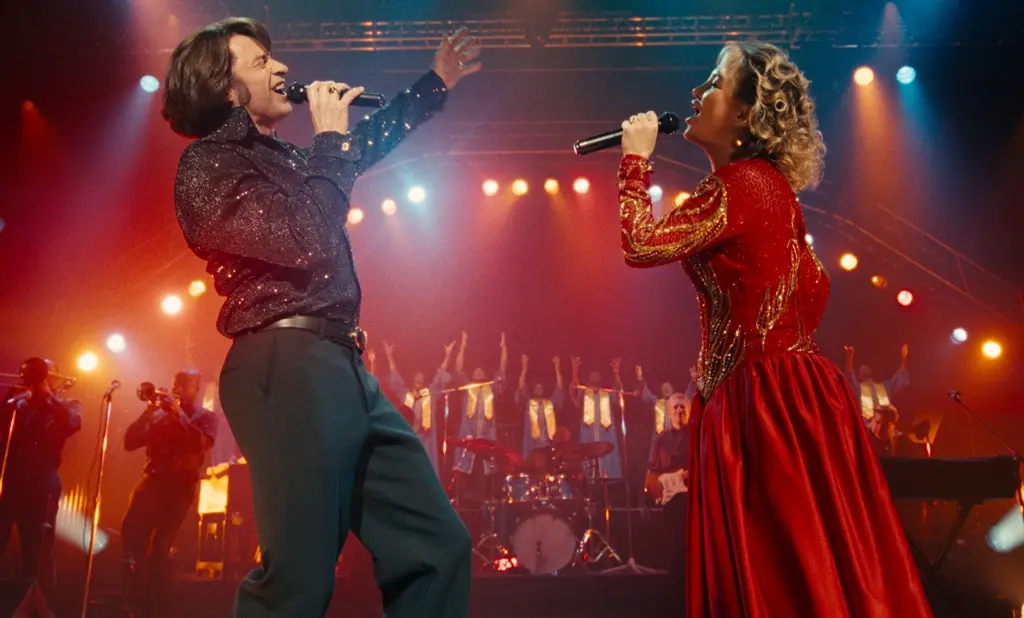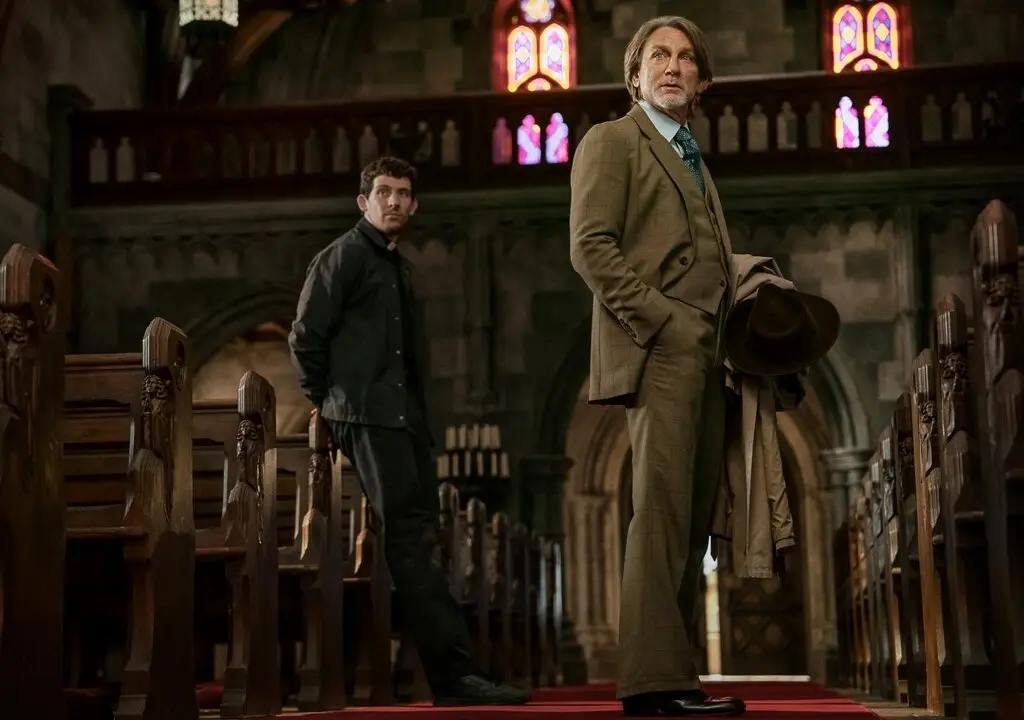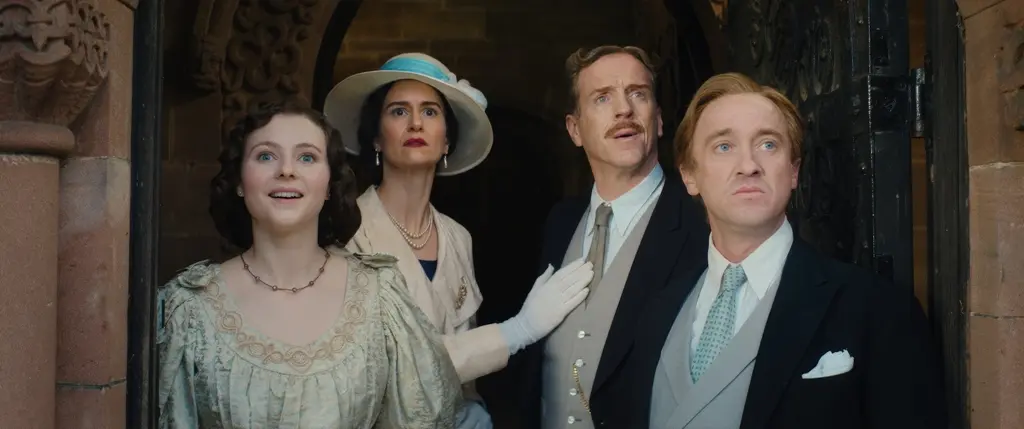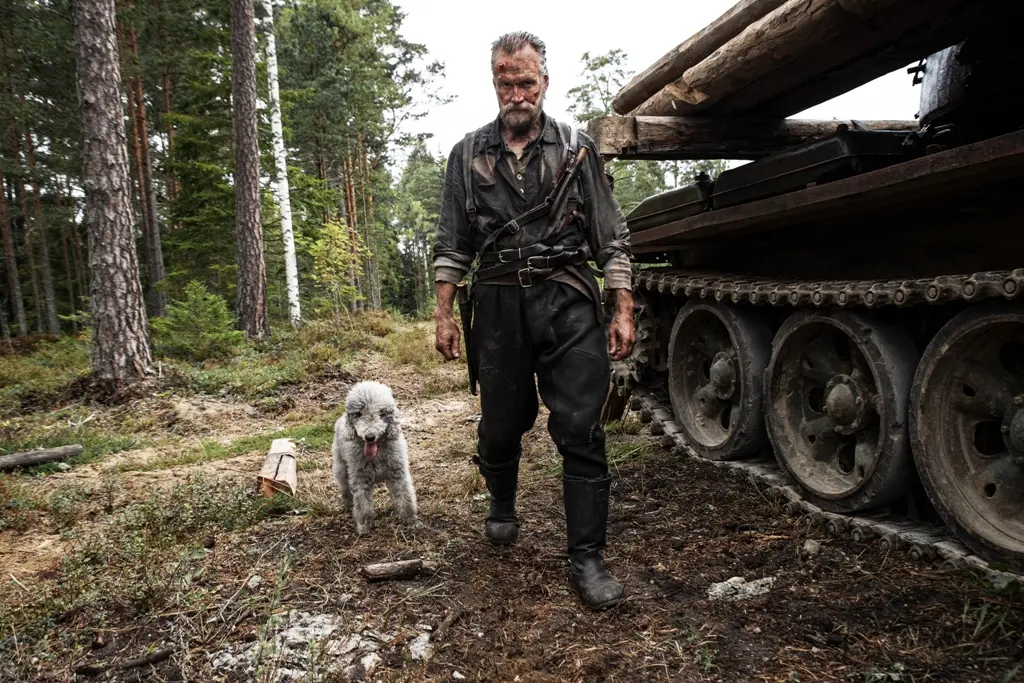PG-13 | 1h 51min | Drama, Biography | 29 October 2021 (USA)
Over the course of his impressive, not-quite two decade career, Benedict Cumberbatch has played a slew of non-fictional historical characters. There was William Pitt (“Amazing Grace”), William Carey (“The Other Boleyn Girl”), Joseph Hooker (“Creation”), William Prince Ford (“12 Years a Slave”), Julian Assange (“The Fifth Estate”), Alan Turing (“The Imitation Game”), Thomas Edison (“The Current War”), Greville Wynne (“The Courier”), and most recently, Stuart Couch (“The Mauritanian”).

